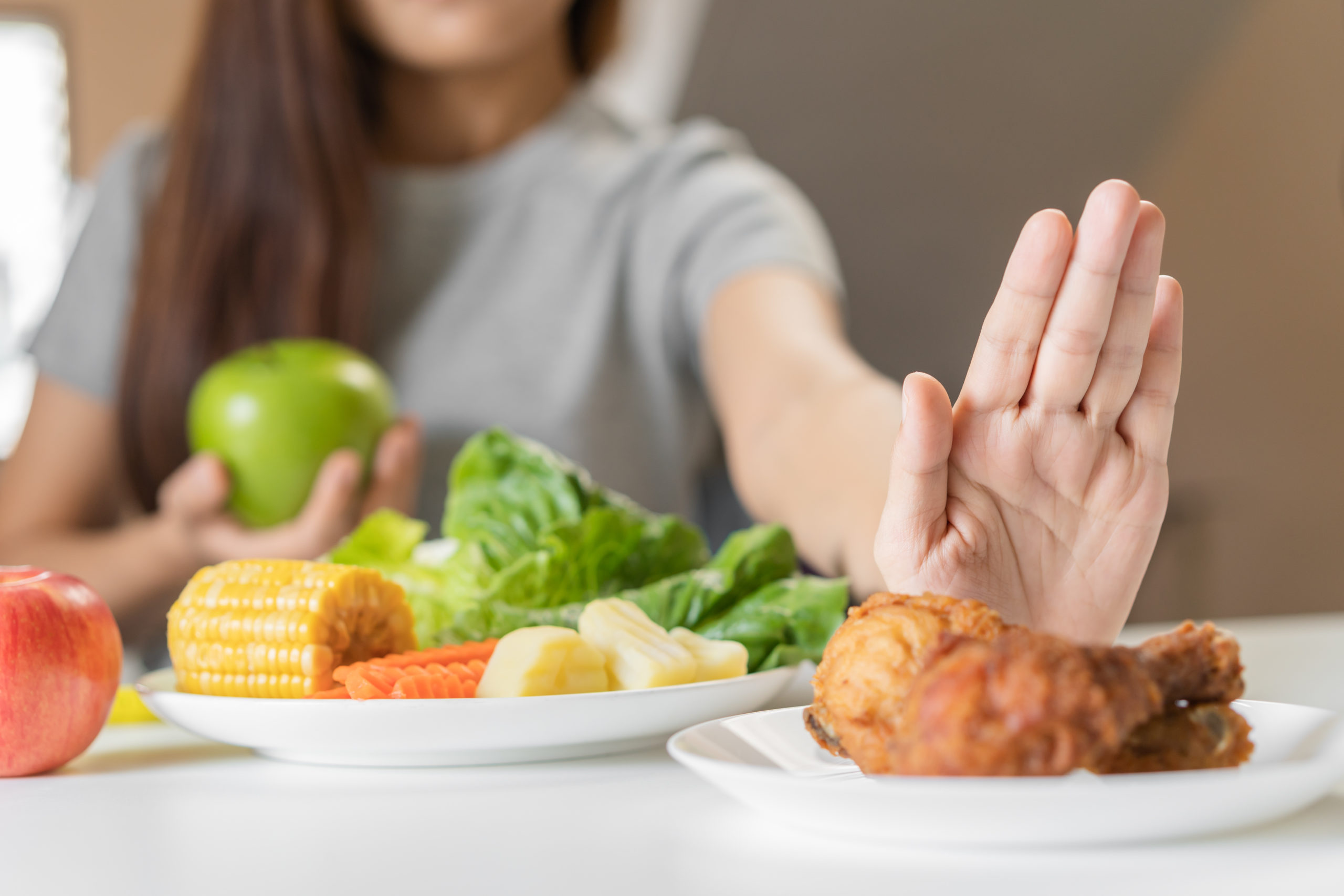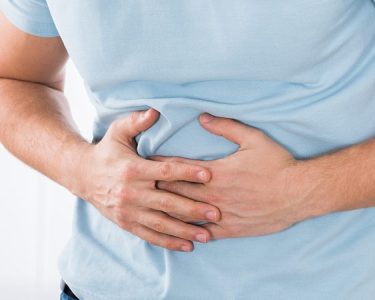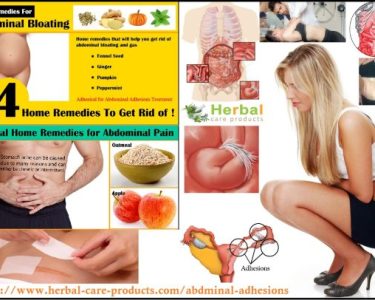Abdominal adhesions are bands of scar tissue that can form in the abdomen, often following surgery, injury, or infection. While there’s no specific diet that can dissolve adhesions, eating the right foods and avoiding certain ones can alleviate related symptoms like bloating, discomfort, and digestive issues. The Abdominal Adhesions Diet, offering guidance on what to include and avoid for better relief.
What Are Abdominal Adhesions?
Abdominal adhesions are bands of fibrous scar tissue that form between abdominal organs and tissues. These bands can cause organs to stick to each other or to the walls of the abdominal cavity, disrupting their normal movement and function.
Causes of Abdominal Adhesions:
- Surgical Procedures: The most common cause, especially abdominal or pelvic surgeries.
- Infections or Inflammation: Conditions like appendicitis, peritonitis, or pelvic inflammatory disease.
- Trauma: Injury to the abdominal area.
- Radiation Therapy: Treatments for cancer can sometimes lead to adhesions.
Symptoms of Abdominal Adhesions:
- Asymptomatic: Many people do not experience symptoms.
- Abdominal Pain: May be intermittent or persistent.
- Digestive Issues: Bloating, nausea, or changes in bowel movements.
- Bowel Obstruction: Severe adhesions can block the intestines, leading to life-threatening complications like vomiting and inability to pass gas or stool.
Abdominal Adhesions and Diet
Abdominal adhesions may lead to complications like bowel obstruction or chronic abdominal pain. Although diet can’t eliminate adhesions, a well-planned regimen can reduce strain on the digestive system, minimize symptoms, and promote overall gastrointestinal health.
Foods to Include in an Abdominal Adhesions Diet
1. Fiber-Rich Foods (in Moderation)
Dietary fiber is essential for maintaining healthy bowel movements and preventing constipation, which can worsen symptoms. Include:
- Vegetables: Zucchini, carrots, and spinach.
- Fruits: Apples (peeled), bananas, and berries.
- Whole Grains: Oats, quinoa, and brown rice.
However, if adhesions have caused partial bowel obstruction, limit high-fiber foods to avoid aggravating the condition.
2. Easily Digestible Proteins
Protein is crucial for healing tissues and maintaining overall health. Opt for:
- Lean meats: Chicken, turkey, and fish.
- Plant-based options: Tofu, lentils, and soft beans.
- Eggs: A gentle protein source that’s easy to digest.
3. Healthy Fats
Incorporate anti-inflammatory fats to support digestion:
- Omega-3s: Found in salmon, walnuts, and flaxseeds.
- Monounsaturated Fats: Olive oil and avocado.
4. Hydrating Fluids
Staying hydrated helps maintain smooth digestion and reduces bloating:
- Water: Drink at least 8-10 glasses daily.
- Herbal teas: Chamomile and peppermint can soothe abdominal discomfort.
5. Probiotic Foods
Probiotics promote gut health by balancing intestinal bacteria. Include:
- Yogurt with live cultures.
- Fermented foods like kefir and sauerkraut.
Foods to Avoid in an Abdominal Adhesions Diet
1. Gas-Producing Foods
Excess gas can increase discomfort and bloating. Avoid:
- Cruciferous vegetables: Broccoli, cabbage, and cauliflower.
- Legumes: Chickpeas, kidney beans, and lentils (if not well-tolerated).
2. High-Fat and Greasy Foods
Fatty meals can slow digestion and aggravate symptoms:
- Fried foods.
- Cream-based sauces and dressings.
3. Spicy and Acidic Foods
Spices and acidic foods can irritate the stomach lining:
- Hot peppers and chili powder.
- Citrus fruits like oranges and grapefruits.
- Tomatoes and tomato-based products.
4. Processed Foods
Processed items often lack nutrients and can contribute to bloating:
- Packaged snacks like chips and crackers.
- Sugary drinks and sweets.
5. Dairy (for Some People)
Lactose intolerance can worsen digestive issues in individuals with adhesions. If you notice discomfort after consuming dairy, opt for lactose-free alternatives.
Tips for Managing Symptoms with Diet
- Eat Smaller, Frequent Meals
Smaller portions reduce the burden on the digestive system and prevent overloading the intestines. - Chew Food Thoroughly
Properly chewing helps breakdown food, making it easier to digest and reducing strain. - Keep a Food Journal
Track foods that trigger symptoms to identify and avoid problem items. - Consult a Dietitian
A healthcare professional can help tailor your diet to your specific needs.
When to Seek Medical Advice
If symptoms like severe pain, vomiting, or an inability to pass gas or stool occur, contact a healthcare provider immediately. These could indicate a bowel obstruction, requiring urgent attention.
Conclusion
While the Abdominal Adhesions Diet won’t cure adhesions, it plays a crucial role in symptom management. Prioritize easily digestible, nutrient-rich foods while avoiding gas-producing, fatty, and processed options. Combined with medical advice, this dietary approach can help you lead a more comfortable life.




